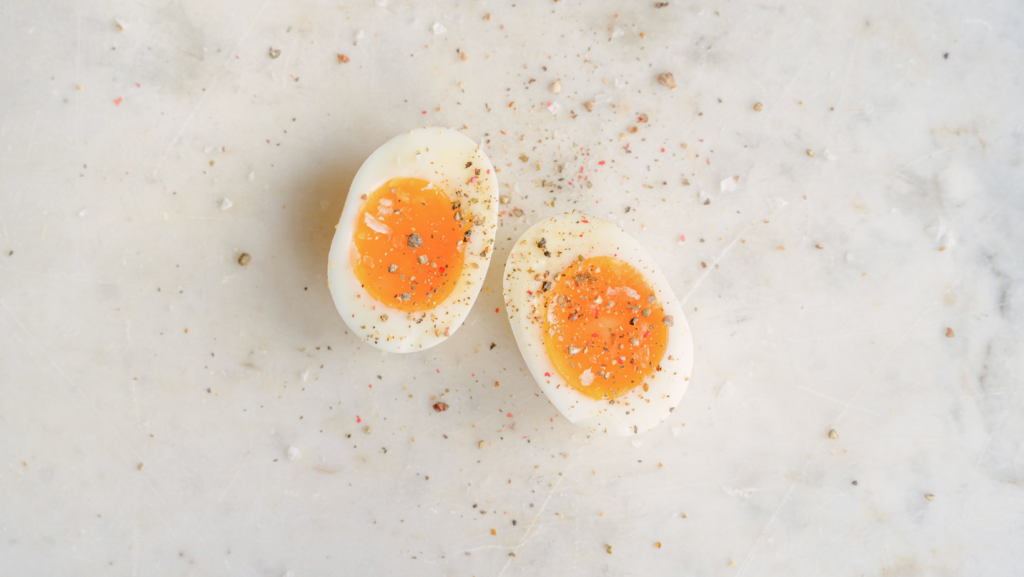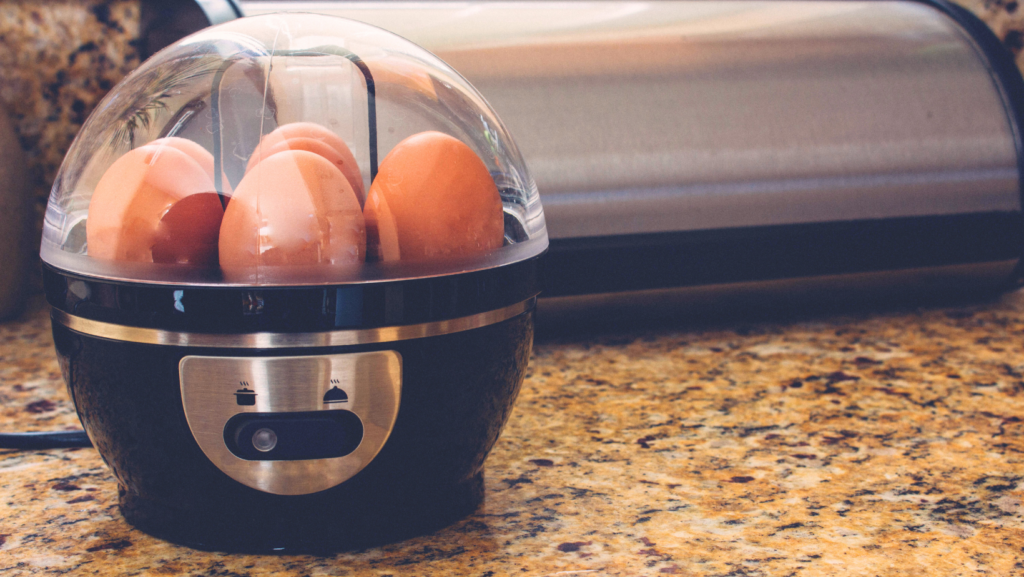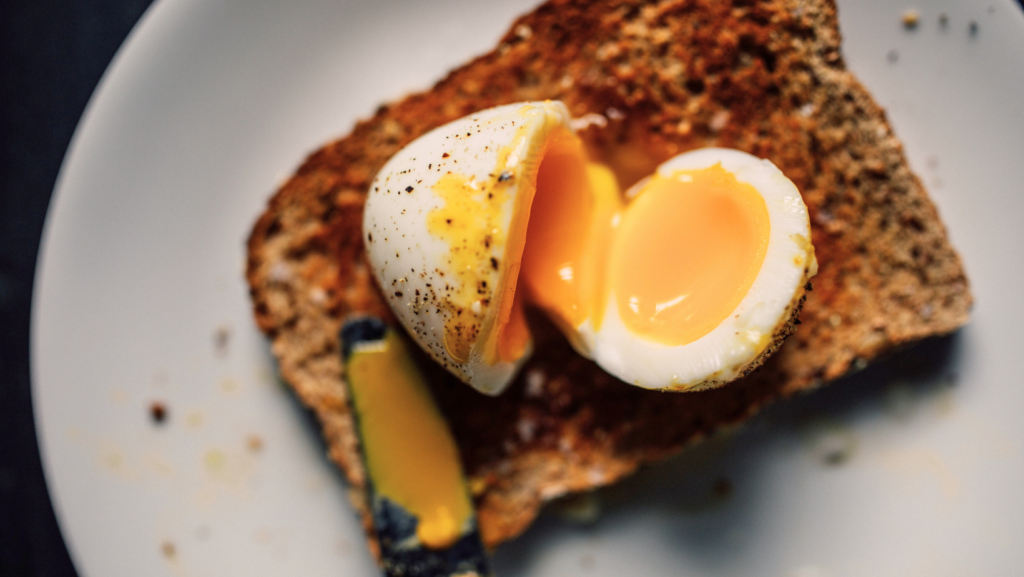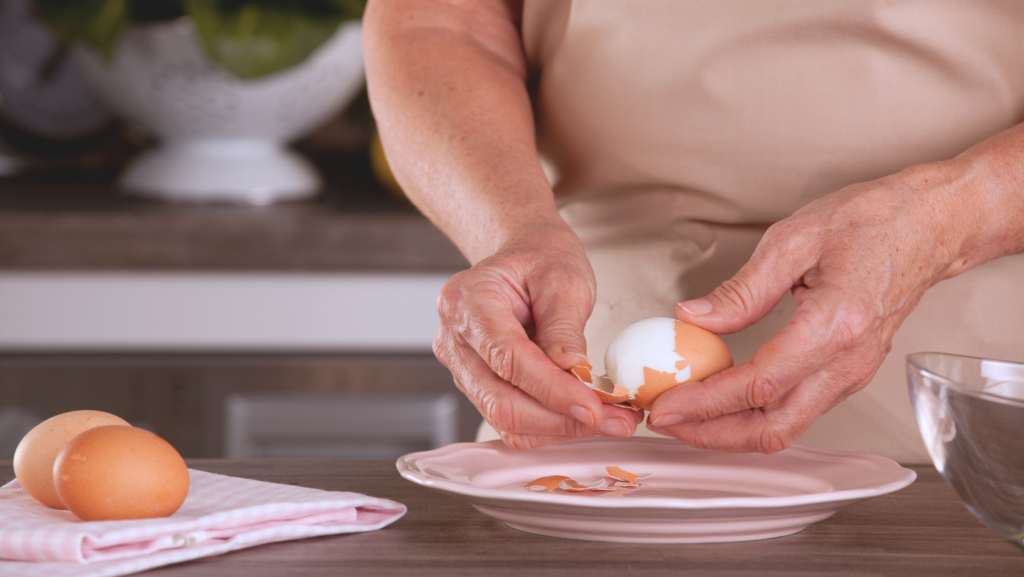Boiling eggs seems simple, but achieving perfect results consistently can be surprisingly tricky. The key challenges lie in timing, temperature, and technique. Overcooking can lead to rubbery whites and a greenish-gray ring around the yolk, while undercooking may leave the yolk runny when you want it firm.
Variables like egg size, starting temperature (room temperature vs. straight from the fridge), water volume, and altitude also influence the outcome. For example, eggs boiled at high altitudes may take longer due to lower boiling points. Additionally, peeling boiled eggs is a common frustration. Fresh eggs tend to cling to their shells more, while older eggs are easier to peel.
Choosing the right method—such as boiling, steaming, or starting with cold water—also affects the texture of the egg whites and yolks. Mastering these details ensures you get the perfect egg for your preference, whether soft-boiled with a custardy yolk or hard-boiled with a firm yet creamy center.
Types of Boiled Eggs

Soft-Boiled Eggs
Soft-boiled eggs are known for their tender whites and a luscious, runny yolk that is perfect for dipping. The delicate balance between a liquid yolk and cooked whites makes achieving the right consistency a precise task. A mini saucepan is ideal for boiling just a few eggs, while an egg timer helps ensure you don’t overcook
How to Cook:
- Place eggs in a pot and cover them with cold water.
- Bring the water to a gentle boil and cook for 4–5 minutes.
- Remove immediately and place in an ice bath to stop cooking.
Uses: Great for breakfast or topping ramen.
Medium-Boiled Eggs
Medium-boiled eggs have a firmer white with a custard-like yolk, making them a favorite for salads or snacking. Cooking them requires an extra couple of minutes compared to soft-boiled eggs. Using a stainless steel pot ensures even heat distribution for consistent results, and an ice bath container is indispensable for halting the cooking process immediately after boiling.
How to Cook:
- Follow the same process as soft-boiled eggs but cook for 6–7 minutes.
Uses: Perfect for salads or as a standalone snack.
Hard-Boiled Eggs

Hard-boiled eggs feature fully set whites and yolks, making them ideal for deviled eggs, sandwiches, or meal prepping. A dedicated electric egg cooker simplifies the process by providing pre-set options for your desired doneness, removing much of the guesswork. Once cooked, store your eggs neatly in an egg storage container, whether peeled or unpeeled, to maintain freshness.
How to Cook:
- Boil eggs for 9–12 minutes depending on the firmness you prefer.
- Transfer to an ice bath to cool.
Uses: Ideal for deviled eggs, sandwiches, or snacking.
Jammy Eggs

Jammy eggs are a perfect middle ground, with firm whites and creamy, semi-set yolks. Achieving this texture requires precise timing, often around 7 minutes. A kitchen timer is essential for accuracy, and an egg separator tool can help when handling multiple eggs in one session, ensuring consistent results.
How to Cook: Cook for 7 minutes, then cool quickly in ice water.
Uses: Delicious on toast, in rice bowls, or as a salad topping.
Steamed Eggs (Alternative Boiling Method)
Steamed eggs offer a similar texture to boiled eggs, but they’re often easier to peel due to the gentler cooking process. Using a steamer basket allows for even steaming, while a multi-cooker with a steamer setting provides versatility, enabling you to cook eggs and other dishes seamlessly.
How to Cook: Place eggs in a steamer basket over boiling water and steam for 12–14 minutes.
Uses: Versatile for all recipes.
Tips for Easy Peeling

Peeling boiled eggs can be frustrating, but these tips will make the process hassle-free:
- Use Older Eggs:
Fresh eggs have a tighter bond between the egg white and the membrane, making them harder to peel. Older eggs are easier to handle. - Shock in Ice Water:
Immediately transferring eggs to an ice bath after boiling prevents overcooking and helps the shell separate from the egg. - Add Baking Soda or Vinegar:
Adding a teaspoon of baking soda or a splash of vinegar to the boiling water can alter the pH level, reducing the adherence of the membrane. - Crack and Roll:
After cooling, gently tap the egg on a hard surface and roll it under your palm to loosen the shell. - Peel Under Running Water:
Peeling eggs under running water helps to flush away tiny shell fragments. - Steam After Cooking:
Place boiled eggs back in the empty pot, cover, and shake gently. This creates cracks in the shells, making peeling a breeze.
